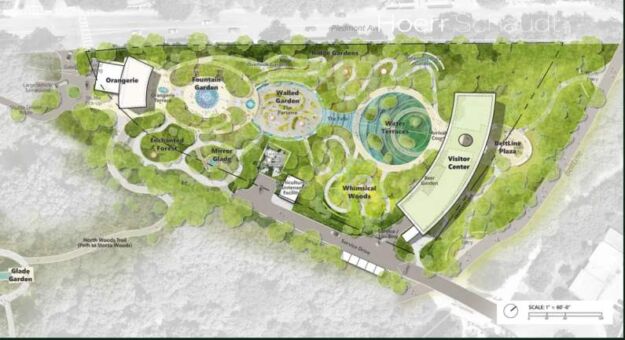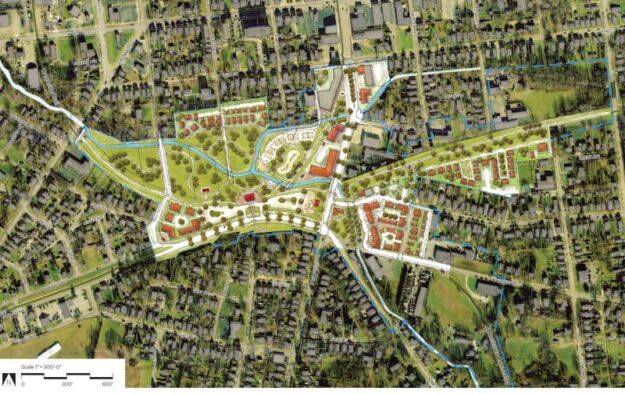Designing Healing Environments: A Literature Review on the Benefits of Healing Gardens for Children in Healthcare Facilities and the Urgent Need for Policy Implementation
1. Introduction
Healing gardens can be traced back to the Greeks at the end of the sixth century B.C. when they used “healing centres” in temples [1,2] with the specific usage of natural spring water. This trend was followed by monasteries in Egypt before spreading to Western Europe in the 5th century A.D. [3]. In the Middle Ages, cloisters were used as primary settings for patients to be treated by monks within monasteries [4]. They contained herbaceous planting which was thought to be medicinal. There was an emphasis on provisions of fresh air, accessing areas of sunlight, and daily walks around the gardens. Through plagues, migration, and harvest failure, monasteries were forced to cap their medical resources [5]. As monasticism declined in the 16th century, their methodologies in using healing gardens became a distant memory [6]. In the mid-eighteenth century, industrialisation, migration, and overpopulation accounted for countless deaths due to lack of hygiene and increasing levels of pollution [7].
Landscape Architecture
Shereen Khatoon-jaan




Leave a Reply